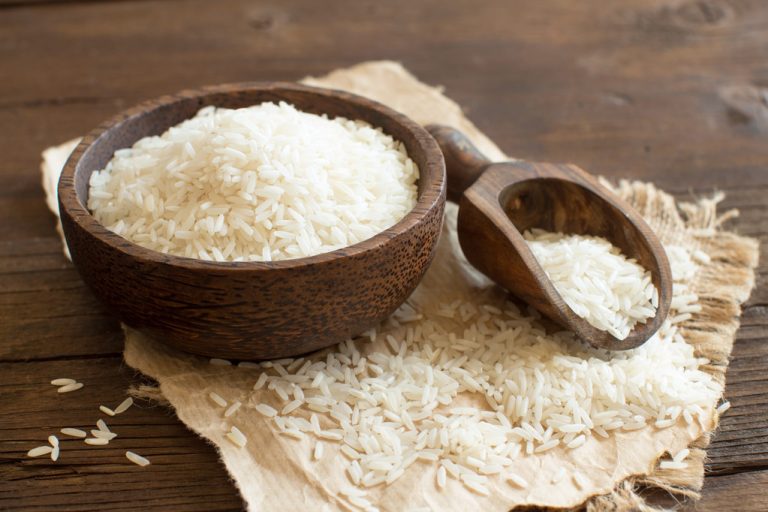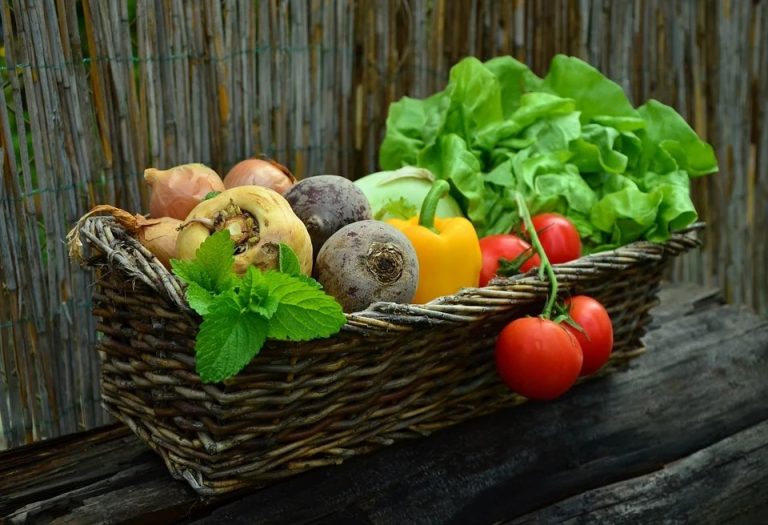A power failure due to natural events, crises or technical faults is also possible with us at any time. We will show you how you can cook without electricity and what you need to do it.

In the event of a power failure: cook like in the old days
We can no longer imagine everyday life without electricity. But our ancestors lived like this and cooked with fire. You can still do that today: find a spot outdoors with sufficient distance from combustibles and the forest.
Pay attention to a suitable, non-combustible surface, preferably earth or sand. Dig a small hollow for the fireplace or place a ring of stones. Alternatively, use a fire bowl. You can place a grill grate over the embers and put a pot on top. Put out every fire again, for example with sand.
However, making a campfire requires wood and a little practice. Because of the risk of fire, open fire is also prohibited in many places, especially during dry periods. It is generally not possible in residential areas. Maybe you have a charcoal grill at home, the modern version of the campfire. Not only can you roast vegetables, meat or fish on the grill, you can also heat your kettle or soup.
camping stove
The easiest way to cook without electricity is with a camping stove. Various models are commercially available: one-flame cartridge cooker, two and three-flame larger devices. There are also various accessories such as stands for pots and pans and even attachments that you can use to bake. As a rule, these stoves burn with gas cartridges, which you can get at any hardware store. Gasoline stoves are also occasionally offered. There are also special Esbit pocket stoves with solid fuel tablets. These mini stoves are particularly light and therefore suitable for outdoor tours. Because of their size, they are more likely to be emergency cookers, but they are useful for a cup of coffee or a ready-made soup.
You can cook a real meal with the classic one-flame gas cartridge cooker. We recommend dishes that you can prepare in just one pot, such as soups and stews. Gas stoves hardly smell and do not smoke or soot. Nevertheless, the manufacturers recommend using them only outdoors for safety reasons. You should make sure that the stove is stable and cannot tip over. Always turn off the gas immediately after use.
Cooking with solar energy is also an alternative. You can buy solar cookers, portable folding grills, or solar ovens. They are equipped with a reflective material that catches the sun’s rays, focuses them and thus generates heat. Solar ovens are particularly environmentally friendly and you don’t have to buy any fuel. However, they only work outdoors and in sunshine. The cooking time is longer than other ovens. You must therefore plan your time well in order to have enough sun.
indoor solutions
Fire bowl, grill and gas cooker are suitable for cooking outside. And inside? You can also prepare your food with a fondue set or table grill. This works wonderfully in the apartment. You can use fuel paste as a heat source. It consists of denatured alcohol (ethanol) and a thickener. In gastronomy, it is often used to keep food warm. It gets very hot and is also suitable for cooking.
If you don’t have a fondue set, you can build your own construction: place the grill grate from your oven over some bricks. You can also use flower pots, tin cans or preserving jars (no plastic!) as a substructure. Put your pot on it. Place the container with the fuel paste underneath on a fireproof, heat-resistant surface, such as a porcelain plate. Your construction must be stable and must never be left unattended.
If you don’t have fuel paste, you can also heat it up with tea lights if necessary. You can boil water, but it takes a long time and you need a lot of tea lights. The best ones with a longer burn time. Proper cooking with tea lights is tedious.

Prepare accessories, food and fire extinguisher
Cooking without electricity is not that difficult. Stock up on the necessary accessories and suitable food. Also don’t forget that you will always need matches or a lighter (except for the solar oven). Almost all methods presented here cook with flame. So pay attention to your safety and fire protection. Don’t leave your cooking area unattended. You should always have an extinguishing option (fire extinguisher, extinguishing spray, fire blanket…) at hand.







